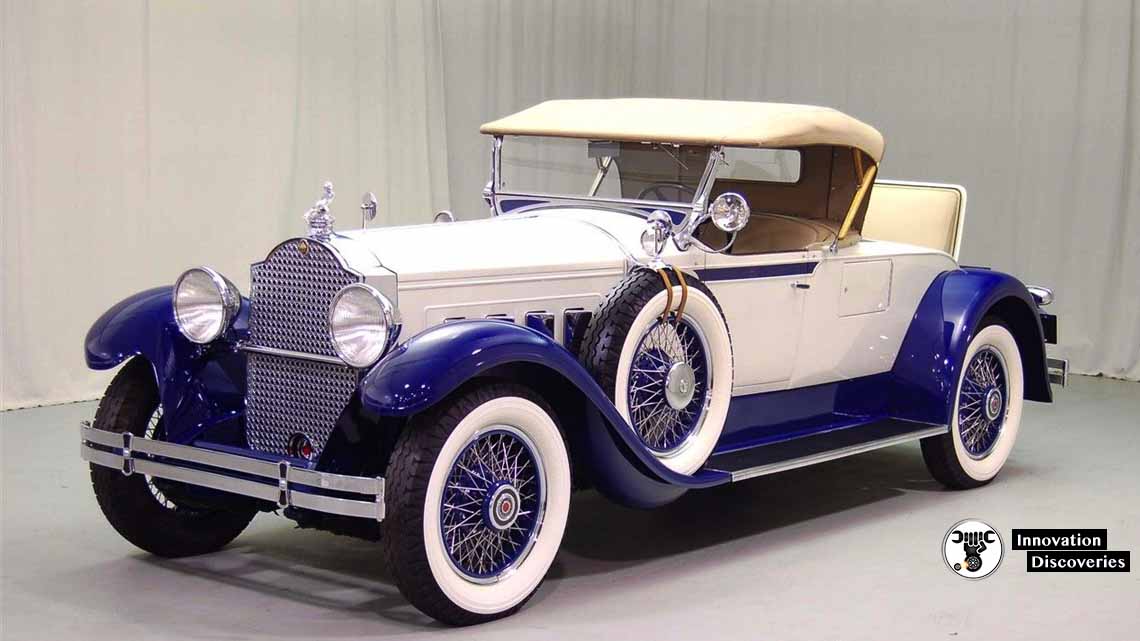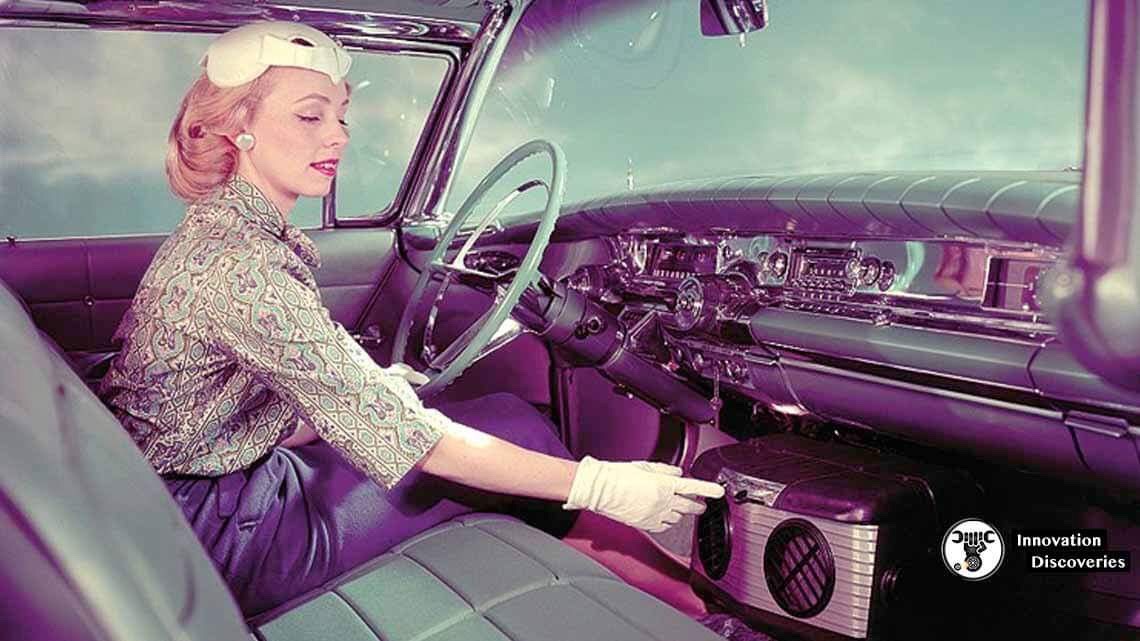A car without an air conditioning system? Simply unimaginable for people these days. It comes as a standard in almost all vehicles manufactured across the world today. But this was not the case during the earlier days of automobile manufacturing. When did cars get air conditioning? Do you want to know about the first cars with air conditioning?
When Was Air Conditioning Invented for Cars?
Automakers started manufacturing motor vehicles for
Commercial purposes from the end of the 19th century. But those vehicles were open bodied,
So, the makers did not think of adding anything for air circulation. Close-bodied vehicles made their debut around 1908.
Since then, inventors began their quest for developing a functional
Cooling system for automobiles.
However,
Consumers had to wait until 1939 when the luxury New York Manufacturer Packard
Developed the first functioning and practical AC system for motor vehicles.

Packard made the first air-conditioned car although it was an optional extra.
Had any customer wanted it,
A third party company named Bishop and Babcock Co. installed the system into the car.
Unfortunately, Packard’s ‘weather conditioner’
Failed to gain commercial success due to its high price tag.
Also, the machine has mechanical issues and needed frequent servicing.
The company discontinued it in 1941.
First Cars with Air Conditioning: A Brief History
You now know about the first car with AC,
But when was air conditioning put in cars at a mass level?
Aftermarket AC system became highly popular after World War II.
Many independent manufacturers took this job of fitting
Aftermarket air-cons into all makes of vehicles.
These units were still pricey but there was a cheaper option known as a car cooler.
Car air conditioning systems have gained even more popularity in the next decade. Several big automakers, including General Motors,
Stepped up to take the business away from independent manufacturers. They offered it as an extra option.
However,
GM made the air con as a standard feature in almost all of their models in 1953,
And Nash and Pontiac followed the trend the next year. Several other manufacturers followed the suit in the next few years.
Sales of car AC units highly increased in the 60s. Cadillac changed the game by
Bringing an AC control system for the first time in 1964. The setting allowed changing the
Car temperature to a preferred temperature
A Setback in the 70s
With technological advancements,
People had also been becoming aware of their hostile effects on the environment. The adversarial impact of air conditioning became a big talking point in the 70s.
It brought down air con’s popularity a bit,
And many consumers chose not to have it in their car. People growing in the 70s may still
Remember the sticky feeling of vinyl seats in hot summer days.
A scientific study showed that CFCs
(Used in air conditioning units) are harmful to the protective ozone layer. The debate around
This discovery was threatening to the automobile industry. Fortunately, the automakers were more flexible,
And they were willing to accept an alternative rather be adamant about using CFCs.
Carmakers developed R134a,
A more environment-friendly substitute for the R12.
The older refrigerant is highly detrimental to the
Ozone layer and the environment in general.
When R12 was banned in 1996,
The automobile industry was not much affected because it already had an alternative.

With the alternative refrigerant and continuous technological and design improvements,
The automobile industry never had to face a massive setback.
The car sales rate has been steady for many years,
And almost all of them have air conditioning pre-installed.
The debate over the harmful effects of air conditioning refrigerant is still alive.
Many people are cautious about the use of motor vehicles because of the pollutants
They release to the environment. The invention of electric cars and several other measures for
Reducing pollution is a response to address those concerns. However, the future of air-conditioned automobiles is still bright.
The Bottom Line
So, now you know about the first cars with air conditioning and
A brief history of the cooling system in automobiles.
It seems that it took more than 40 years for the air con to be a
Common feature since the Packard AC system. It became standard in American vehicles through the 60s,
But Europe was a bit slow to catch on.

An air conditioning system was more like a feature for luxury and
Premium cars in Europe, even during the early millennium years.
Fun Fact: Less than one-third of European cars had air conditioning as a standard in the early 2000s.
However, the European scenario has changed in the last decade.
Currently, all cars, except for the ones at the low-budget spectrum,
Have the system preinstalled as a standard feature.



2 Comments